- Home
- Office Supplies
- Business Forms Recordkeeping Books
.....Read More

Accounting Ledger & Record Books

Address Books, Telephone Messages & Desk Messages
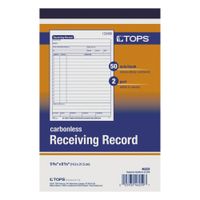
Bill of Lading, Shipping & Receiving Forms

Guest Checks & Receipts
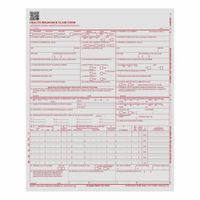
Healthcare & Insurance Forms
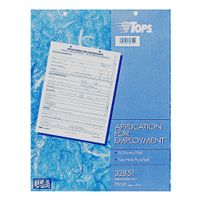
HR & Payroll Related Forms
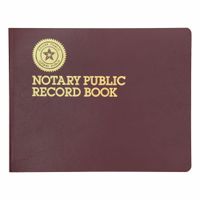
Notary Books

Parking Violation Tags & Petty Cash Forms
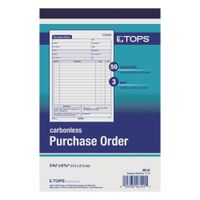
Purchase Order Forms & Sales Order Forms
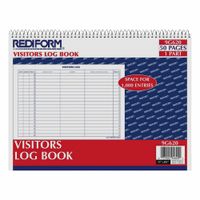
Visitor Register Books
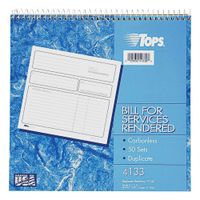
Work Order Forms & Invoice Forms
Frequently Asked Questions
What are the benefits of using preprinted recordkeeping forms?
How do self-duplicating forms work?
What information is typically included on parking violation tags?
How are petty cash forms used in businesses?
What is the purpose of a bill of lading in shipping?
How do work order forms assist contractors?
What information is required on healthcare and insurance forms?
How do visitor books help in maintaining security?
What is the role of a notary book in legal documentation?
How can businesses ensure the confidentiality of information on recordkeeping forms?